Bokeh refers to the aesthetic quality of the out-of-focus area in an image. Carefully taken images have the subject in sharp focus while the distractions melt away in the soft bokeh. Photographer David Flores from B&H discusses seven ways you can create buttery bokeh:
1. Create Distance
It’s important that you put some distance between the subject and the background. Greater distance from the subject equals more background blur.
2. Wide Aperture
Using wider aperture settings creates a shallower depth of field. The smaller the f-value, the wider the aperture get. This allows only a small portion of the image to be in focus while the rest melts away in creamy bokeh.
3. Lens Choice
The aperture and focal length of a lens determine its ability to create bokeh. Lenses that can stop down to small f-values like f/1.8, f/1.4, or even lower have a very fine depth of field making them a perfect choice for bokeh lovers. Also, the longer the focal length, the shallower the depth of field becomes. This is why a wide angle lens cannot create bokeh as buttery as that of a telephoto lens.
4. Sensor Size
When it comes to sensor size, bigger is better. It’s not that bokeh isn’t possible with smaller sensors. Bigger sensors just render bokeh much better than the smaller ones.
“While shallow depth of field is possible with any size sensor, the available lenses, working distance from subjects, and overall rendering are significantly affected by sensor size. Typically, bigger is better.”
5. Background
Choose a background that looks interesting when blurred out. Distracting patterns, branches, or a blank white wall aren’t particularly interesting when blurred. Lights, on the other hand, look great and can create interesting shapes.
6. Foreground
Bokeh is not only about the background. A creatively placed foreground can create equally compelling bokeh.
“Shoot through a door frame, compose with flowers in the foreground.”
7. Less Distance
A lens has a very shallow depth of field closer to its minimum focusing distance. So, by moving closer to the subject, you can accentuate the foreground and the background blur while maintaining details on your subject.
While most photographers fancy bokeh, many debate its quality and characteristics. If you want harsh and choppy bokeh, go for lenses with fewer aperture blades. But if you like soft bokeh, select lenses with a greater number of aperture blades. And if you want the softest bokeh out there, get yourself an apodization lens. They have an extra optical element to smooth out the egg shape of the bokeh.
Show us your best bokeh in the comments below!
Like This Article?
Don't Miss The Next One!
Join over 100,000 photographers of all experience levels who receive our free photography tips and articles to stay current:
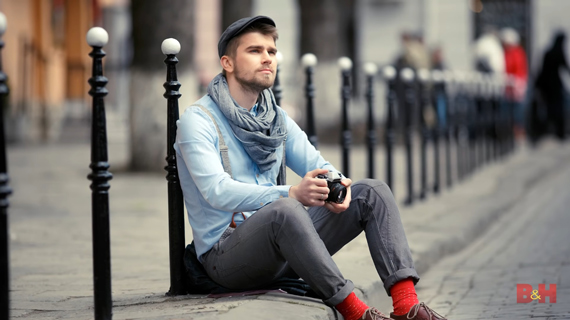

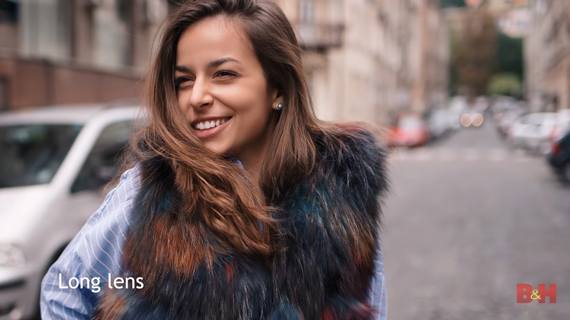
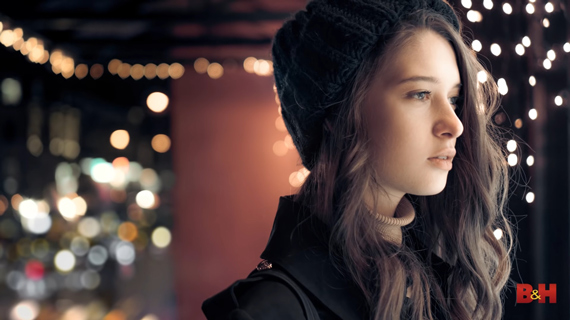
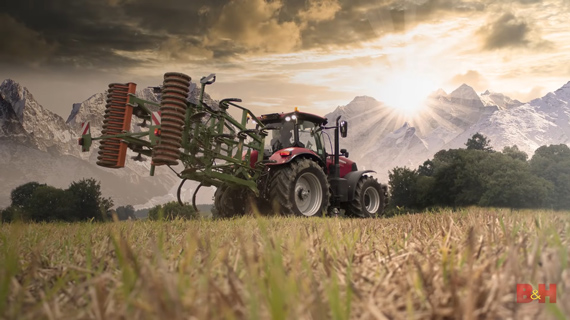
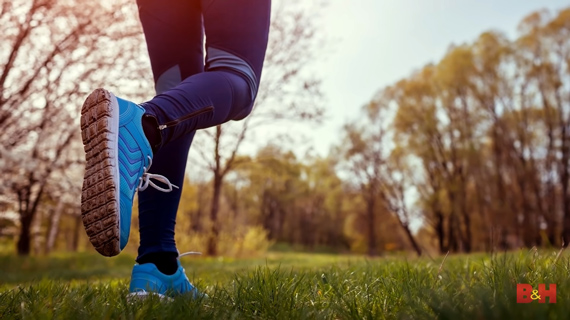






Leave a Reply